Too often grant proposals begin with some variation of “we want money because we’re a good cause and, since you’re good guys too, naturally this will be a match made in heaven.”
There’s nothing natural about this request.
In fact, it’s a version of “Alice in Wonderland Through the Looking Glass” thinking.
To paraphrase the Cheshire Cat speaking to Alice: If you don’t know where you’re going, any road will get you there.
Or not.
In fact, Alice tells the Cat she just wants to get “somewhere.” Could this, perhaps, be like you just wanting to bring in ‘some’ money to balance your budget? Hmnn… The Cat tells Alice “Oh, you’re sure to do that. If you only walk long enough.”
Guess what?
Most funders reading your proposal will not want to read long enough. In fact, if you’re not clear on your destination from the get-go, they’re likely to abandon you before you get there. If you get there. In other words, wherever you end up, you won’t arrive there together.
And that’s the point of a grant proposal, right?
You seek a partnership… a travelling companion… an investor who cares about the outcome.
Where you’re Going… How you’re Going There… and How Much it Will Cost
Right from the get-go, this is what funders need to hear from you.
No beating around the bush.
Get right to the point with the specifics.
If the funder must read through several paragraphs – or pages – before it’s clear how much money you’re requesting and what, specifically, you intend to use it for, they’ll be in a ticked-off frame of mind as they read your proposal.
Not good.
Get organized!
The 6-step formula I’m about to share is one I learned when I first entered this business decades ago.
Details
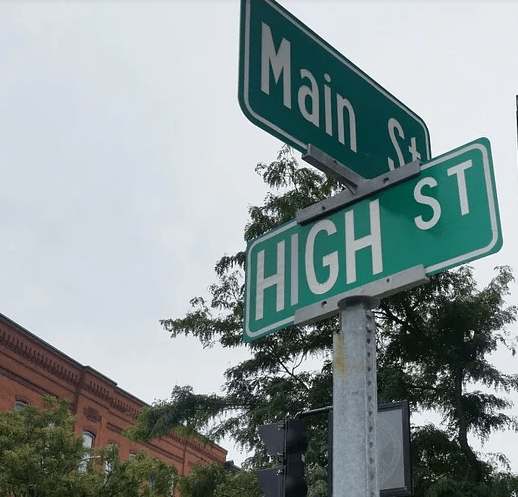
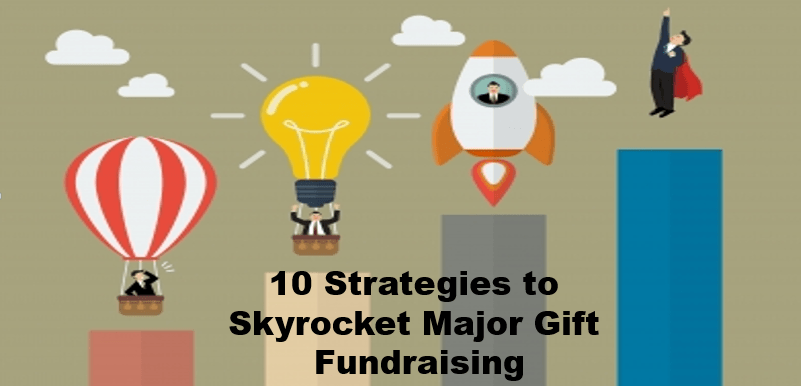
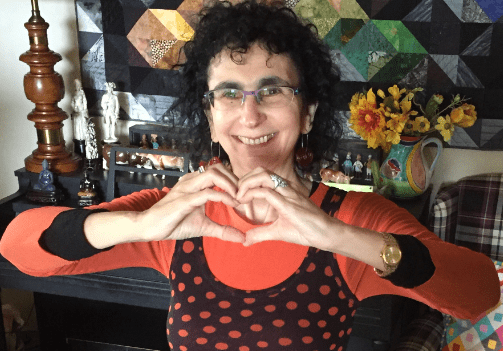
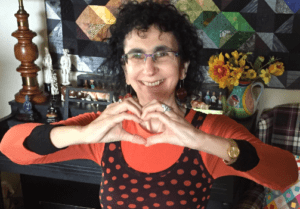 Today I want to talk about the heart of successful major gift fundraising.
Today I want to talk about the heart of successful major gift fundraising.

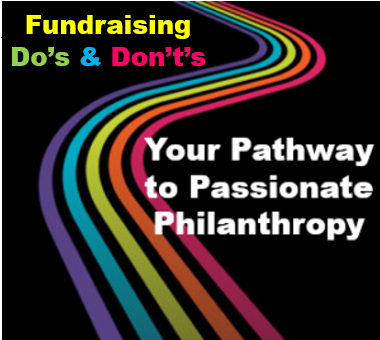

 The major gift journey is a synergistic one. You see, it’s both your journey and your donor’s journey.
The major gift journey is a synergistic one. You see, it’s both your journey and your donor’s journey.

